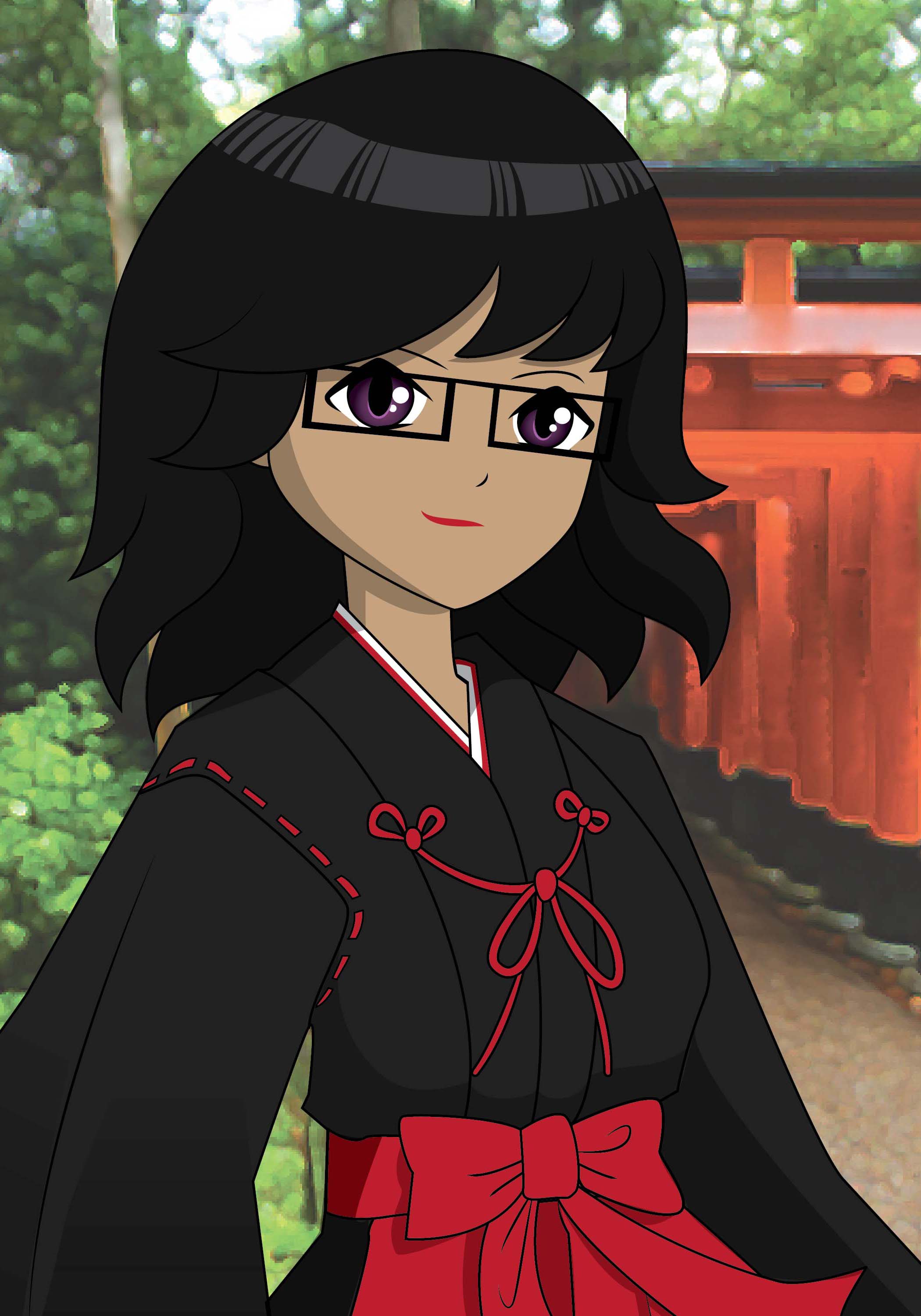When you think of the word “Bloomers,” I’m sure the first thought that comes into your head is oversized granny panties or maybe a little girl’s long cotton pantalets seen beneath 19th-century dresses. “Bloomers” originated in the mid 19th century, not as a word for underwear but a type of dress reform. Amelia Bloomer’s name became linked to this new clothing style, but she did not originate it. The outfit that people started calling Bloomers was an attempt by women to gain some freedom from the highly restrictive women’s clothing of the time. They wanted to wear “gasp” something that resembled pants!
A new concept in women’s dress rose up out of the new water cure movement in the mid 19th century. In the late 1840’s, people were flocking to “restorative” water cure resorts to cure themselves of a variety of ills or just to get healthy. Hydrotherapy used water in various ways, both internally and externally, to improve one’s health. They also ate a meager diet and were encouraged to enjoy the outdoors, as well as, exercise as part of their health regimen. It was so popular that a publication The Water-Cure Journal was created as a forum for people to expand upon the benefits of the water cure and its lifestyle. In this journal we find more than just articles about health and fitness, we find women fighting for dress reform as a way to improve their health.
Women’s fashion at this time consisted of a voluminous skirt with many starched petticoats underneath to maintain the enormous bell shape. Skirts had been getting bigger and waists getting smaller since the 1820’s. Skirt hems would get muddy and dirty as they dragged on the floor. The petticoats were heavy and the cut of the bodice restrictive. Often women couldn’t fully raise their arm due to the cut of the sleeve and small armseye that left little room for movement. Under all this was a tight corset and layers of undergarments. Women wore dresses or skirts even while working around the house, in the garden, working on a farm or even in a factory. Trousers were for men only.
This type of dress was not conducive to taking the waters, nor did it help women to pursue the kinds of activity offered at the water cure facilities It was suggested to adopt the ” Turkish dress,” a full pant gathered in at the ankles as worn by Persian women under a shortened dress. By 1849, articles were showing up in the Water-Cure Journal touting the health benefits of the Turkish dress and dress reform in general.
The idea of reform dress was not born in the water cure world, but it certainly found a place to bloom there. The link between the water cure movement and dress reform may also have been fueled by the fact that many abolitionists and suffragists enjoyed taking the cure. The fight against women’s dress of the day was already a matter of concern to those women fighting for equal rights. The Water-Cure Journal was a sounding board to amplify the message that was already out these.
There were others outside of the water cure culture that advocated dress reform along with wearing Turkish dress like Dr. Lydia Sayer Hasbrouck, Lucy Stone, and Elizabeth Smith Miller. Elizabeth Smith Miller was the first to promote the new style of dress among members of the early women’s rights movement. She was one of the first to adopt Turkish dress in public. She was not only inspired by the eastern style of dress but also by the raised hems and pants worn by women at the Oneida community.
In 1851, Elizabeth Smith Miller wore the outfit while visiting her cousin Elizabeth Cady Stanton in Seneca Falls, NY. Stanton loved the idea so much she started also wearing it. Her new outfit caught the attention of her friend Amelia Bloomer. Stanton told her it made her feel like a captive set free. Amelia published a journal called The Lily, a perfect vehicle for articles about this “freedom suit” that helped her feel unfettered like Stanton and Miller. Once she published a woodcut of herself in Turkish dress, the idea caught on like wildfire. Now dubbed “Bloomer Dress,” it became a popular garment among those in the feminist and temperance movement. No longer was it confined to utopian communities and hydrotherapy spas, it was out in public.
Then came the backlash.
It was hard to change Victorian minds about women’s dress, even among women. The newspapers had a field day making fun of “Bloomer Girls” and fashion magazines that at first thought of the outfit as tasteful denounced the fad. Men, especially the clergy, didn’t like how much this looked like wearing pants and found it a threat to their authority. Women in pants were shown in cartoons as smoking cigars, proposing marriage, and putting doubt into men’s minds as to “who wears the pants” in the family. Churches turned away women arriving in bloomers. Even other women found it offensive and immoral. Some women who tried wearing it stopped because they felt uncomfortable in public. It brought far too much unwanted attention upon them. There were too many generations conditioned to think that women’s legs were never seen nor her natural form revealed. In a time where women were supposed to be frail and subservient, this new style of rational dress showed a shockingly strong and active woman. It was a concept difficult to accept.
Unfortunately, the negative images of manly women in pants became linked to women’s rights events. Suddenly suffragists weren’t too thrilled with the look, nor with the Bloomer name, and tried to distance themselves from it. Even Amelia herself went back to regular dresses, stating that the new skirts were lighter weight thus more comfortable to wear. The water cure movement also wanted to disassociate themselves from the Bloomer dress indicating that it was ruining the positive benefit of wearing the outfit at their resorts. Even though the women’s right movement started moving away from the Bloomer dress soon after adopting it, the dress reform movement didn’t. The dress reformers were more than happy to have the suffragists walk away and take their bad press with them.
Bloomers lost their appeal to the masses, but there were others who felt they needed to continue the fight for less confining and debilitating forms of dress. Members of the Dress Reform Association continued to wear bloomers. Women working during the civil war found it a much easier form of dress to attend to injured soldiers, such as Dr. Mary Walker and Dorothea Dix. Harriet Austin created her own version called “American Costume” with a shorter skirt and narrower pants in the hopes of drawing people away from the bad press connected to the Bloomer name and renew interest in dress reform. Mary Tillotson, an early adopter of Turkish dress, continued to write and talk about the subject into the 1860s in various newspapers and the dress reform journal, Sybil. Mary decided to revitalize the stalled dress reform movement in the 1870s and started the American Free Dress League.
It would take nearly 50 years since the first spark of interest in reformed dress for the Bloomer style to be reborn. The late 1890s saw bicycling rise in interest as a form of fun and exercise thanks to the new chain system and a redesigned frame. Women in the 1890s were still wearing long skirts, full petticoats, tight bodices, and restrictive corsets. Women’s bicycles were designed without the center bar to make room for their skirts (that’s why there’s “boys” bikes and “girls” bikes) and to make sure they didn’t have to raise a leg thus revealing limbs or other areas while mounting. As bicycles became all the rage, the bicycle dress evolved from a split skirt with a center panel into wide poufy pants with gaiters or knee socks. Not a skirt in sight. At this point, the women’s movement was gaining strength. More and more women were no longer content to fall under the weak and delicate label forced on them for ages.
Revealing the female form during the Victorian era was a struggle for power and independence. Willingness to give a woman ownership to her body and desires was one of the hurdles for the dress reform movement. If women have freedom of movement, then they might not be easily tethered to the home where they toiled for husband and children. The water cure movement was embraced so quickly because it offered women a chance to take care of themselves for a change. Often this was the only time they were allowed to function separately from the hearth and home. Wearing “Bloomers” or “Turkish Dress” in public was a great risk for these women. The harsh criticism and resistance to change may have temporarily derailed the movement, but thankfully there were those who would not be bullied out of their bloomers.
Want to know more about dress reform and the early women’s rights movement? Here is some suggested reading. (I make a commission on purchases made through the following affiliate links.)
Life and Writings of Amelia Bloomer by D.C. Bloomer
Reforming Women’s Fashion, 1850-1920: Politics, Health, and Art by Patricia Cunningham
Seneca Falls and the Origins of the Women’s Rights Movement by Sally McMillen




